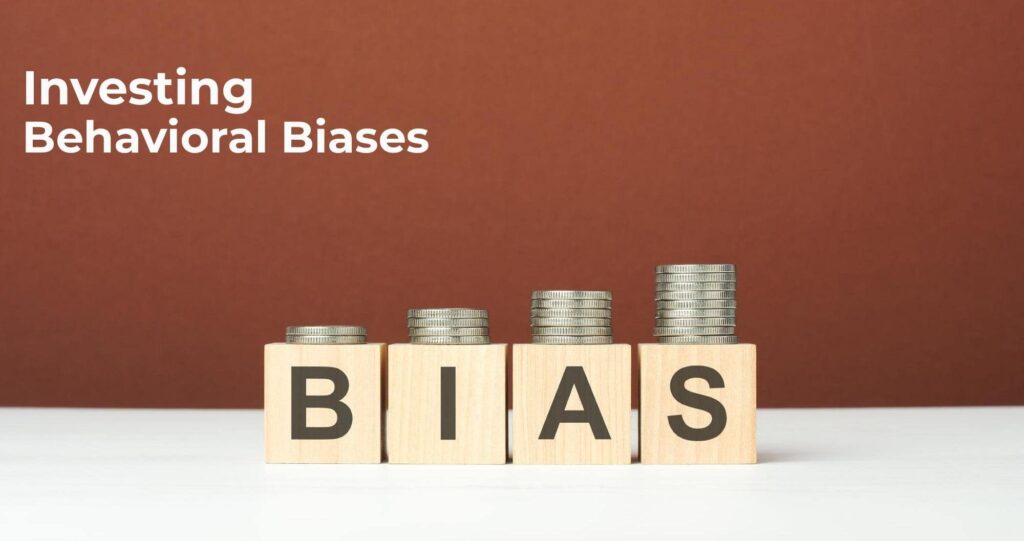Strategic planning to exceed the rising cost of living is necessary to beat inflation through investing. Diversification requires you to distribute your investments among a range of asset types, including bonds, equities, and real estate. Stocks have the ability to appreciate in value and have historically surpassed inflation. Dividend-paying equities provide additional income as a hedge.
One type of inflation-protected asset that adapts to inflation to maintain your purchasing power is the Treasury Inflation-Protected Securities (TIPS). Though bonds are generally more stable than equities, selection is important. Although corporate bonds may offer larger yields, government bonds frequently guarantee safer returns.
Commodities and real estate are examples of real assets that might be useful. Due to their inherent value, commodities like gold serve as a buffer against inflation, while real estate has a tendency to rise over time.
Invest in sectors of the economy that are resistant to inflation, such utilities or consumer products. Notwithstanding changes in the economy, these businesses frequently sustain demand. But keep up with economic and market trends so you can adjust your portfolio appropriately.
Regularly review and make adjustments to your portfolio. Your investing approach should adapt to changes in inflation rates. Dividends and interest are compounded when they are reinvested, increasing the ability to beat inflation.
Finally, investigate tax-favored accounts such as 401(k)s and IRAs. By offering potential tax benefits, these can let you keep more of your income.
Remember that fighting inflation takes time and effort. Patience, adaptability, and research are essential. Consult a financial advisor to tailor your investing strategy to your individual financial objectives and risk tolerance.






